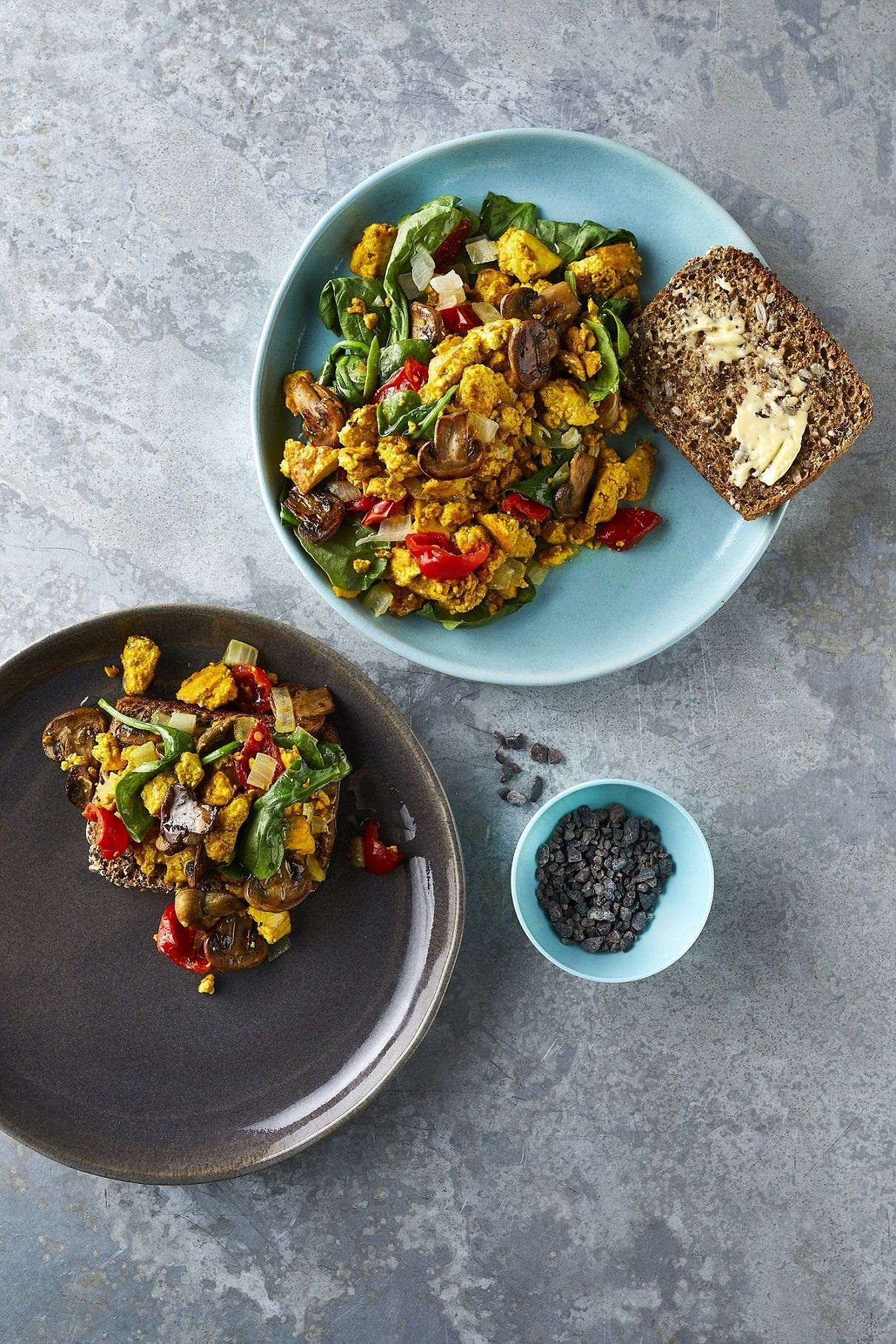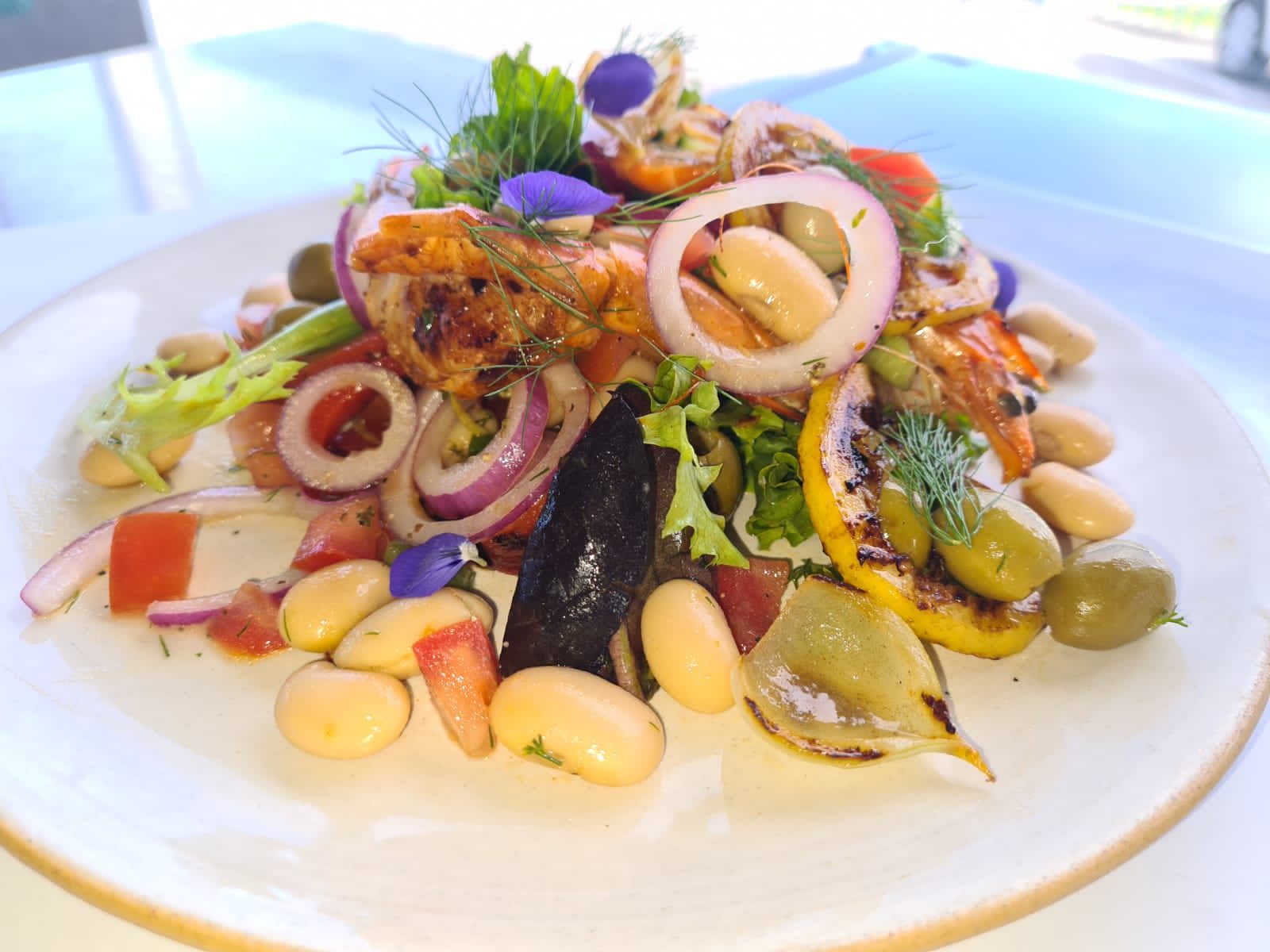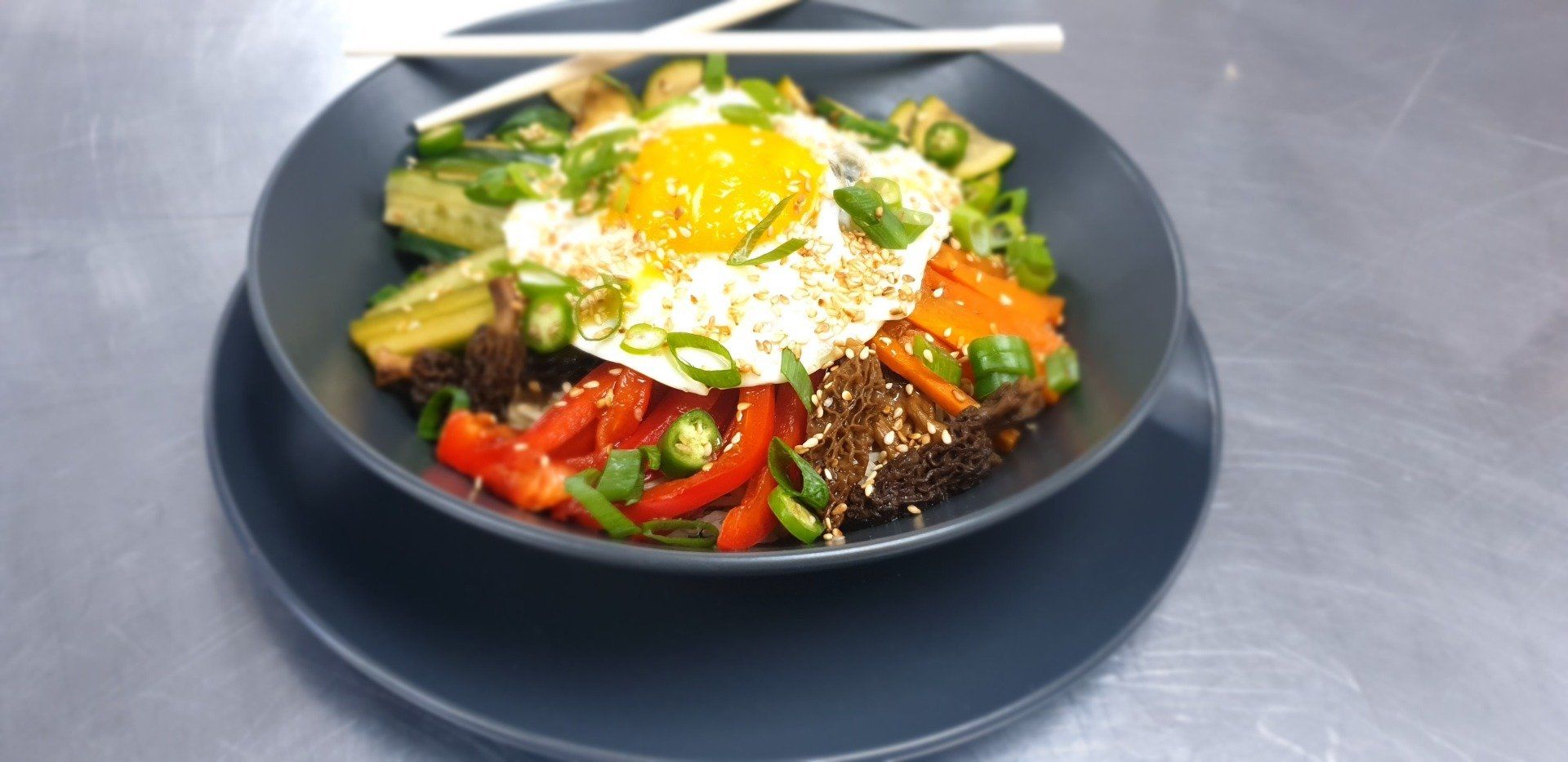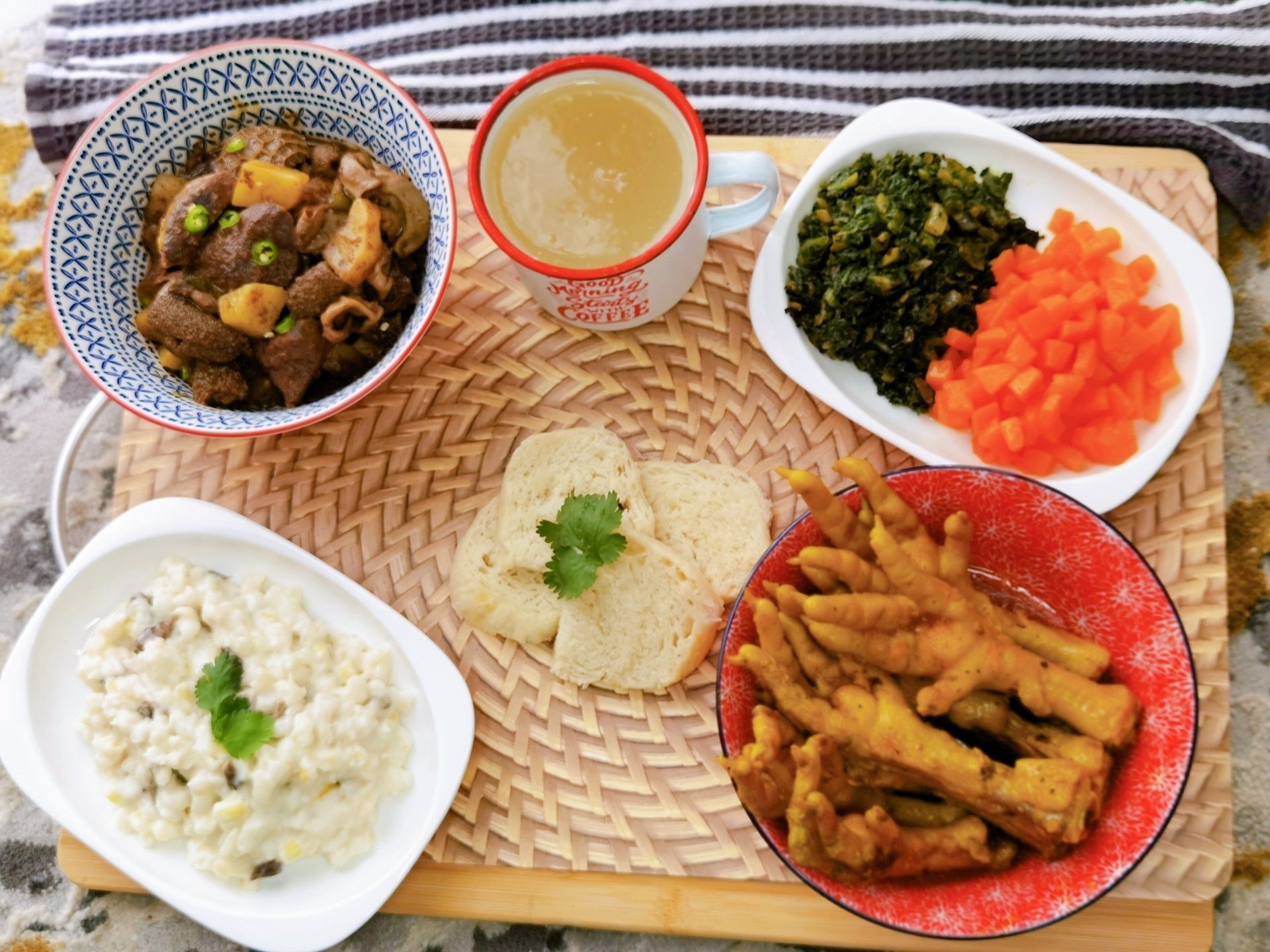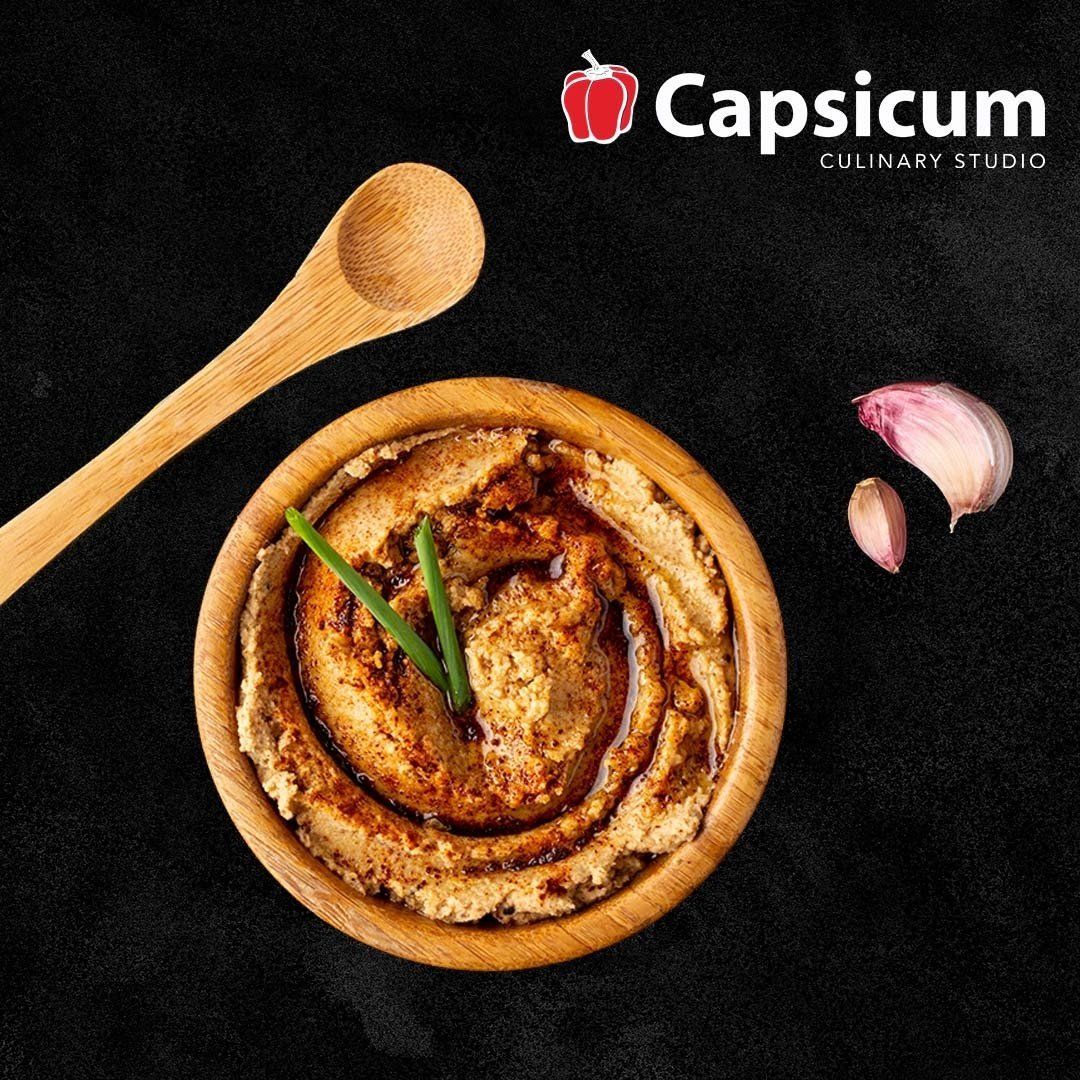Recipes
Recipes
RECIPES
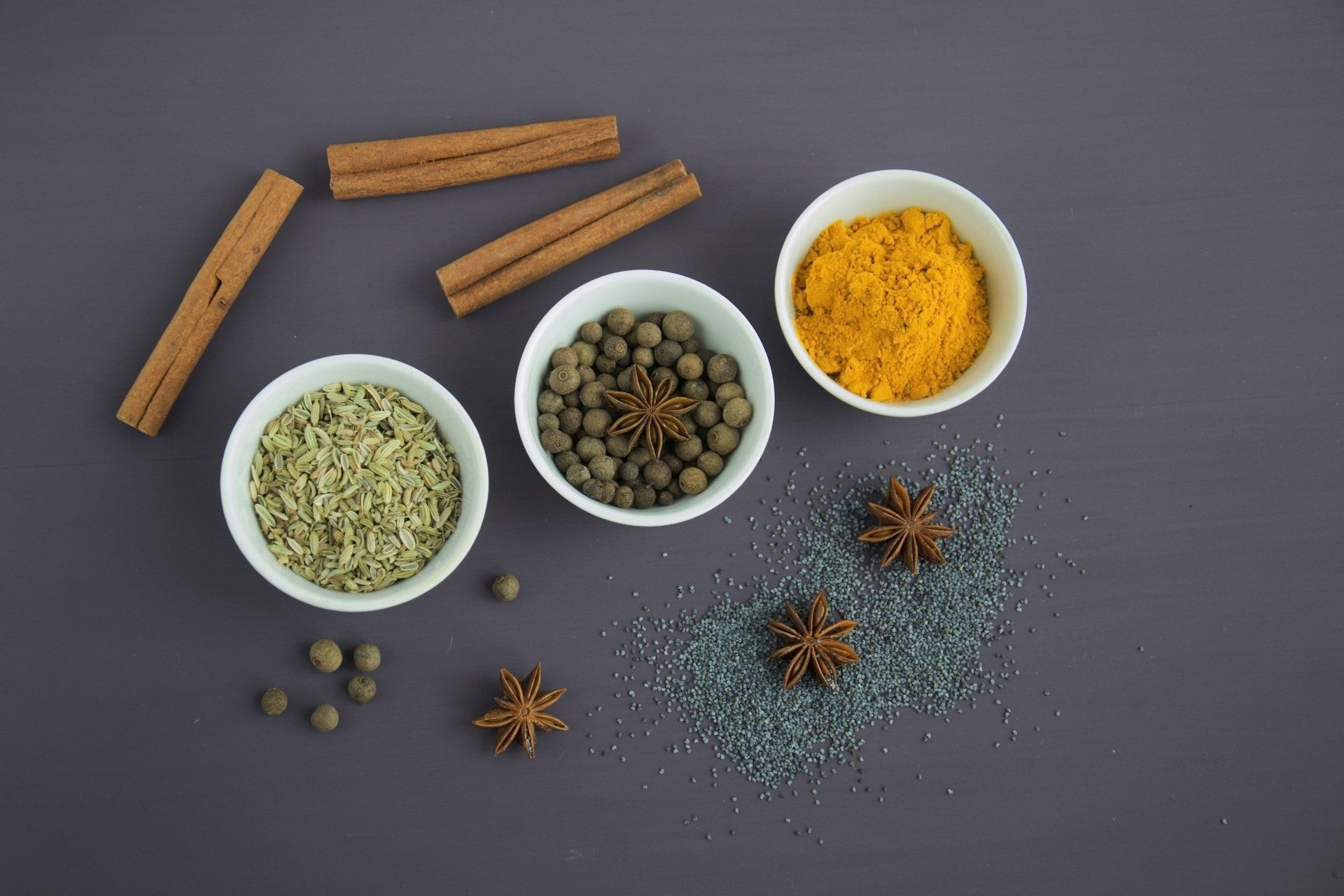
March 7, 2023
Discover how South Africa's evolving culinary industry is being driven by local ingredients and how culinary students can use this to gain global recognition. Read on to learn how a culinary qualification from Capsicum Culinary Studio can give you the practical experience and global relevance you need to succeed in the industry and explore our range of programmes today.
Estimated reading time: 6 mins, 30 secs.
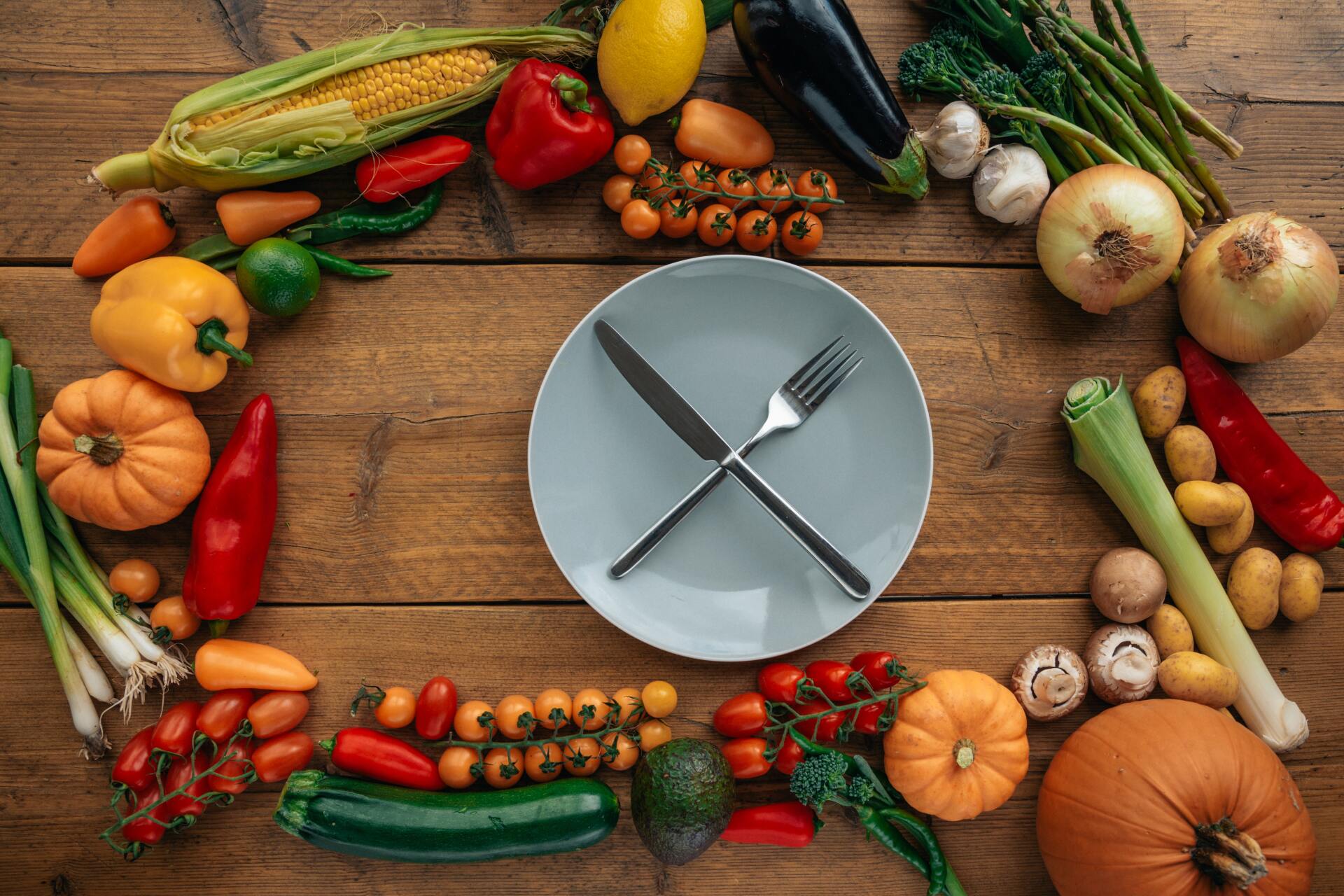
By Neo Moshoeu
•
September 29, 2022
Caring For Our Chillies Chillies need a warm, sunny spot for the best results and the hottest chillies. Ideally, grow them in a greenhouse or raise them in pots on a patio or windowsill. Chillies love water so always keep the soil moist, watering every day or two. Ensure the soil or compost is free draining. Feed weekly with a fertilizer once plants have started flowering, and harvest chillies as and when they appear. Enjoy! Smoking Hot Chilli Facts There are thousands of chilli varieties to grow, in a huge range of colours, shapes, sizes and levels of heat, from mild to extremely hot. Many have unique flavours, with some offering a hint of lemon and others having a fruitier taste. A chilli’s heat is measured on the Scoville scale, a test created in 1912, in which the more water needed to dilute a chilli solution before a human taster can no longer detect the chilli determines the number of Scovilles. Today, testing is done by machines. A score of around 3,000 Scovilles is deemed hot, with record-breaking chillies such as 'Carolina Reaper' topping the two million mark. Many chilli varieties are available to buy in supermarkets, but you will have a much greater range to choose from if you grow chillies yourself. They're very easy to grow from seed, and grow best in containers, which means they are perfect for a sunny patio or balcony. You can also buy ready-grown chilli plants at the garden centre in spring. All chillies are bred from just five species: · Capsicum annuum – the most common chilli species, from which sweet and paprika peppers originate. · Capsicum baccatum – includes the a family of chillies, popular in Peruvian dishes. · Capsicum chinense – a hot variety of chilli, from which we have habanero and scotch bonnet chillies. · Capsicum fruitescens – where tabasco Thai-style chillies come from. · Capsicum pubescens – these are hot chillies with distinctive black seeds. Several online nurseries specialize in chilli seeds, offering a range of interesting and unusual varieties you can use in different dishes, from Mexican salsas to Thai curries. Mango Chilli Chutney MAKES 800 ML COOKS IN 1 HOUR 15 MINUTES DIFFICULTY EASY PEASY Ingredients · 2 kg mangos (firm, but ripe) · 8 cardamom pods · 2 cloves of garlic · 1 fresh red chilli · 500 ml white wine vinegar · 400 g granulated sugar · 1 teaspoon cumin seeds · 1 teaspoon coriander seeds · 1 teaspoon chilli powder · 8cm piece of ginger Method 1. Peel, stone and roughly chop the mangos; set aside. 2. Remove the cardamom seeds from the pods. Peel and finely chop the garlic, then trim and finely chop the chilli. 3. Add the vinegar and sugar to a large pan over medium heat, stirring until the sugar dissolves. Bring to the boil and reduce by a couple of centimetres. 4. Gently toast the cumin, coriander and cardamom seeds until aromatic, then crush with the chilli powder using a pestle and mortar. Add to the vinegar pan, along with the chopped mango, nigella seeds and 2 teaspoons of sea salt. 5. Finely grate in the ginger, add the garlic and bring to a boil. Reduce the heat and simmer for 45 minutes to 1 hour until it has a thick, syrupy consistency, adding the chopped chilli for the last 10 minutes. 6. Divide among sterilised jars, seal and keep for up to 6 months Chilli-Infused Olive Oil MAKES 1Litre Prep Quick Sticks (5 minutes) DIFFICULTY you got this Ingredients · 1-litre virgin olive oil · 2-5 chilli peppers of your choice, seeded and sliced Method 1. Wash chilli peppers, split lengthways and remove seeds 2. Place the chillies in a tall bottle and fill them with olive oil. Place a stopper or tight-fitting lid and allow to infuse for a minimum of 1 week. 3. Use chilli oil to cook with or drizzle over freshly made pasta for a little kick of flavour. Chefs note: You can use any variation of chilli or as many as you like to adjust the heat and flavour of the oil
Campuses
Courses
Contact Us
+27 86 111 2433
chef@capsicumcooking.co.za
Capsicum Culinary Studio - Part of the ADvTECH Group Copyright© 2018 | Privacy Notice |

